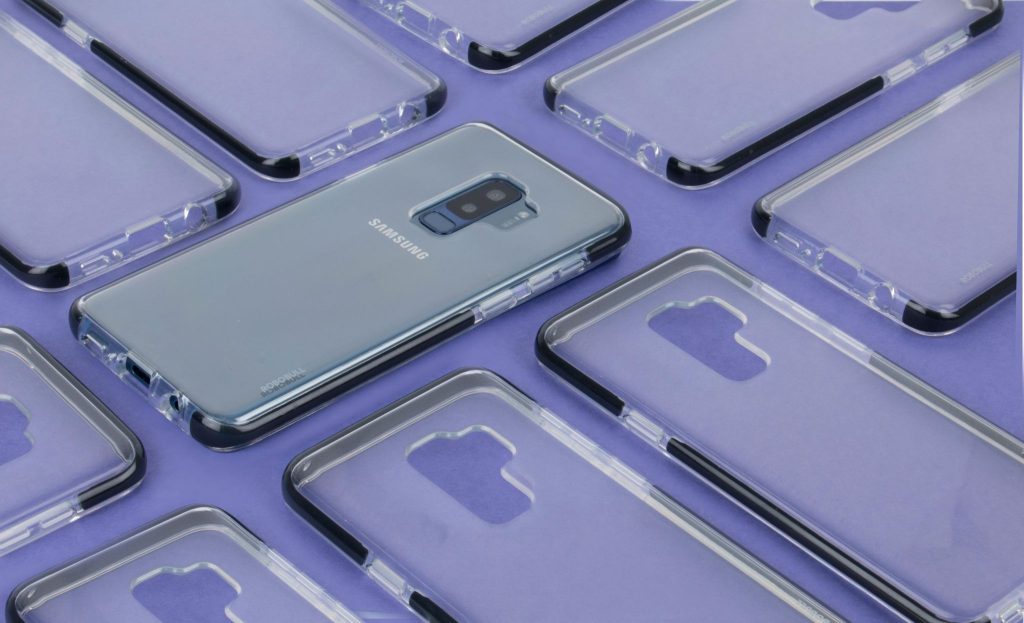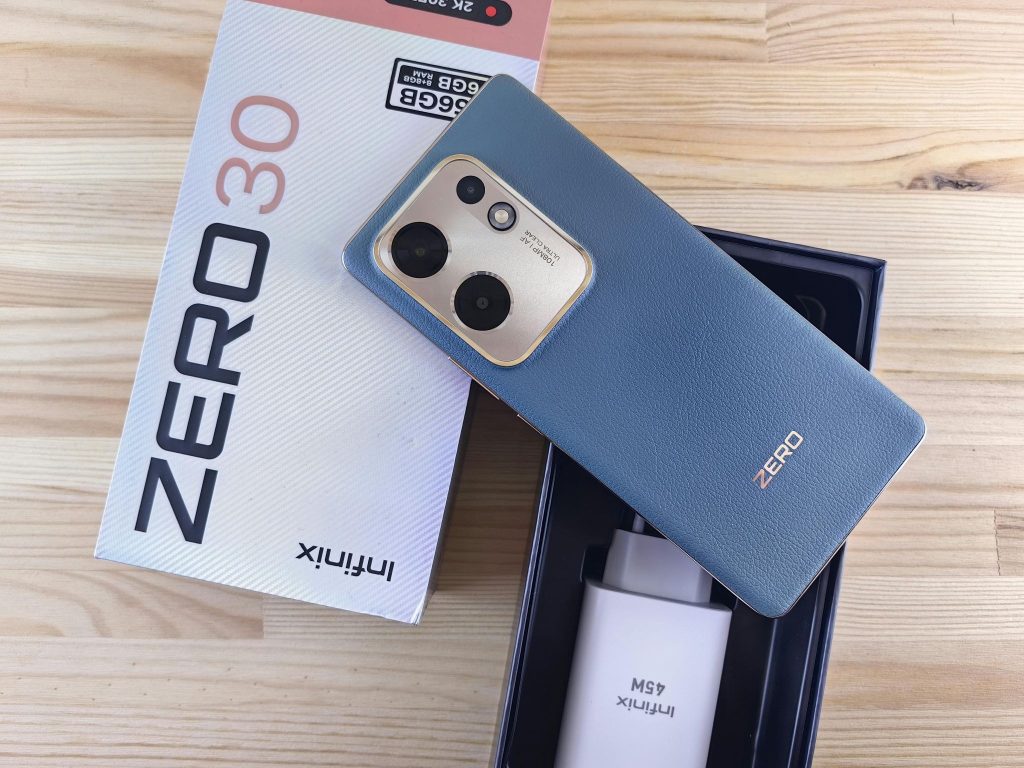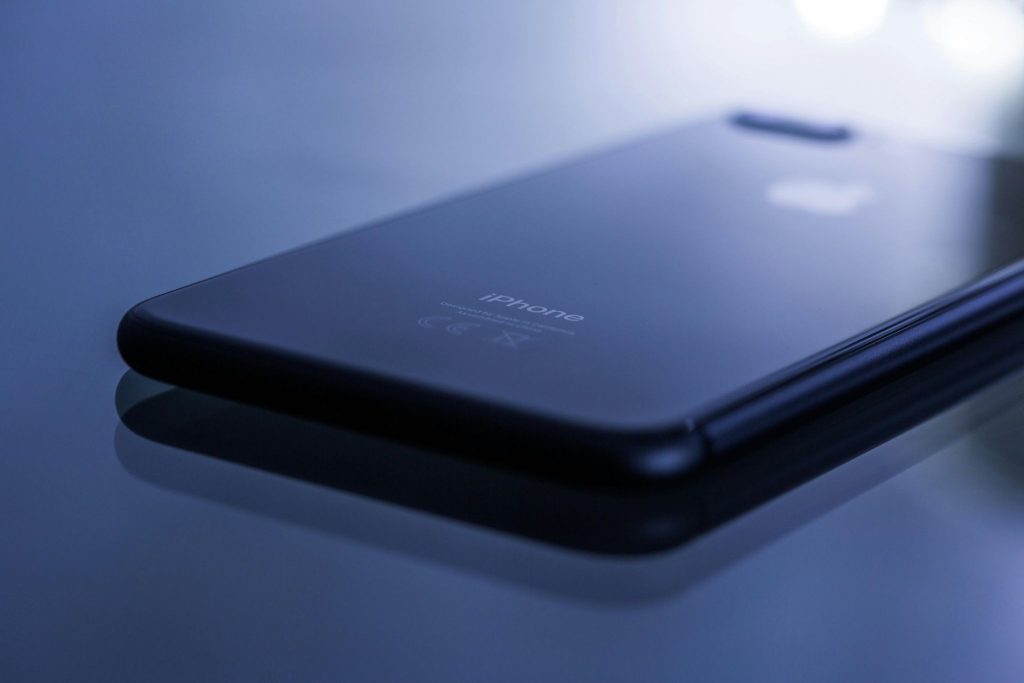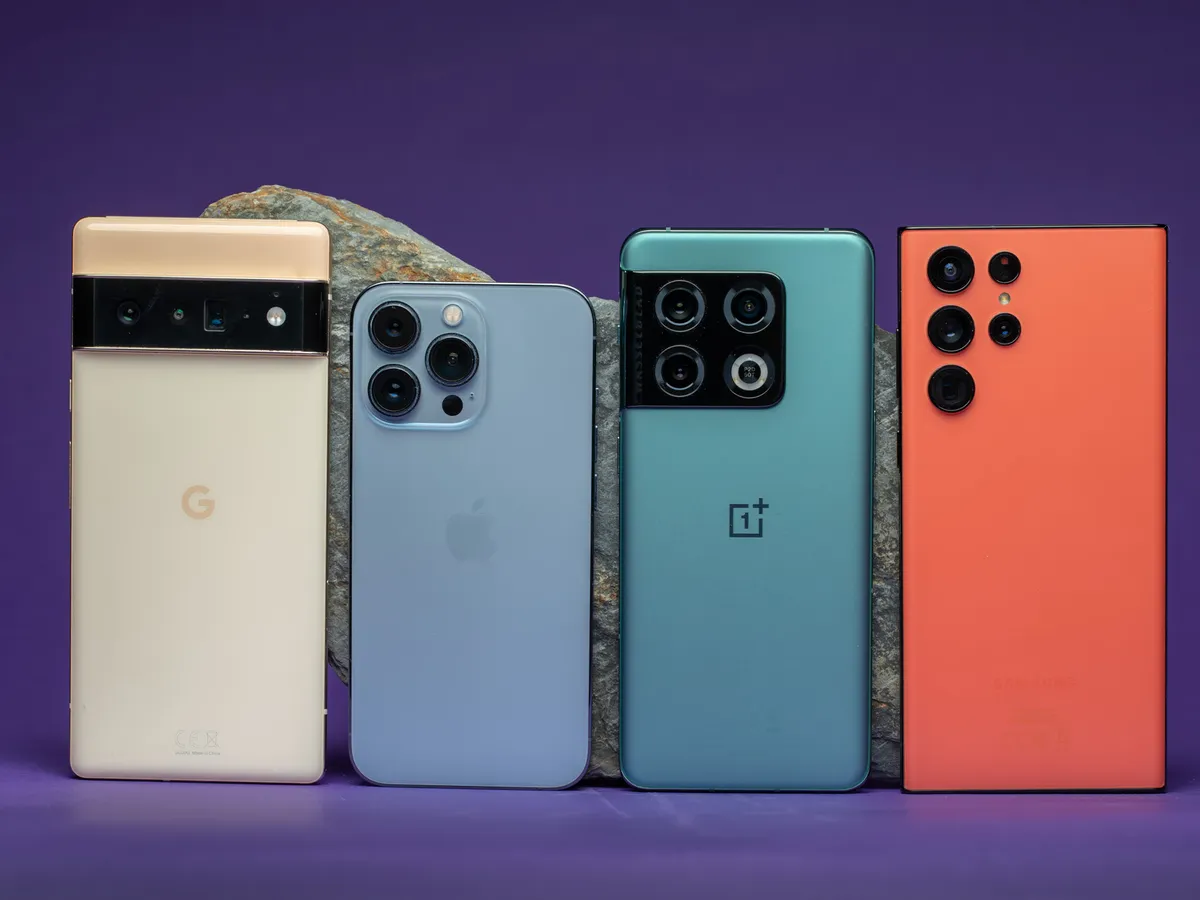
Smartphones have become an essential part of everyday life — for work, communication, entertainment, and even managing finances. But like any technology, they eventually slow down, lose performance, or stop supporting the latest apps. The big question many users ask is: when is the right time to get a new phone?
This guide will help you decide by covering:
- The major signs your phone needs replacing
- The best time of year to upgrade
- Tips to extend your current phone’s life
- And how to make sure your next purchase is worth it
1. Signs It’s Time to Get a New Phone

Your phone won’t suddenly stop working one day — but there are clear indicators it’s nearing the end of its useful life.
2. How Often Should You Replace Your Phone?

The average upgrade cycle for most people today is:
| Phone Type | Average Lifespan |
| iPhone | 4–6 years |
| Flagship Android (Samsung, Google, OnePlus) | 3–5 years |
| Budget Android | 2–3 years |
If you maintain your phone well (avoid drops, use cases, and charge properly), you can stretch its lifespan longer.
1. Battery Life Is Rapidly Decreasing
If your phone barely lasts half a day, even after a full charge, that’s a major red flag. Over time, batteries lose capacity after hundreds of charging cycles.
Solution:
You can replace the battery on some models (like iPhones and Samsung devices) — but if your phone is more than three years old, a full upgrade is often the better long-term value.
2. Performance Feels Sluggish
Lag when opening apps, freezing screens, and random restarts all indicate aging hardware. Newer apps demand more RAM and processing power that older phones can’t handle efficiently.
If you notice:
- Apps taking longer to load
- Crashes or overheating
- Stuttery scrolling or camera delays
…it’s time to start considering a newer device.
3. Outdated Software Support
Manufacturers stop providing updates for older phones after a few years. Without software and security updates, your phone becomes vulnerable to bugs and hackers.
Example:
- iPhones typically get iOS updates for about 5–6 years.
- Most Android brands (Samsung, Google, OnePlus) now promise 4–7 years of security patches, but budget phones often get only 2–3 years.
If your device can’t install the latest version of iOS or Android, upgrading is the safest choice.
4. Poor Camera Quality Compared to Modern Phones
Camera technology improves rapidly. If your photos look grainy, dim, or lack detail compared to newer models, an upgrade will make a big difference.
Modern benefits include:
- Better low-light performance
- Multiple lenses (ultrawide, macro, telephoto)
- Improved stabilization for videos
- AI-powered photo enhancements
5. Broken Hardware or Damaged Screen
Cracked glass, unresponsive touch screens, or faulty charging ports can often be repaired — but if repairs cost more than half the price of a new phone, replacement is smarter.
Tip: Check local repair shops for estimates first. If parts are hard to find or expensive, upgrading may be more economical.
6. Storage Keeps Running Out
If you constantly see “Storage Almost Full” warnings, it might mean your phone doesn’t have enough capacity for today’s large apps and media files.
Quick fixes:
- Move photos to cloud storage
- Delete unused apps
- Clear cached data
But if you’ve already done that and still run out of space, it’s time for a phone with larger built-in storage.
7. Security Concerns or Network Incompatibility
Older phones sometimes lose compatibility with newer 5G networks or security standards. If your phone can’t connect reliably or lacks encryption updates, it’s time for a modern device.
3. The Best Time of Year to Get a New Phone
Timing your purchase can save hundreds of dollars.
1. After New Model Releases
When new models drop, previous generations see big discounts.
- iPhone: Buy around September–October after the latest iPhone launches.
- Samsung: Buy around March after the Galaxy S-series reveal.
- Google Pixel: Buy around November after new Pixel releases.
2. Black Friday & Holiday Sales (November–December)
Retailers and carriers slash prices during these months. Expect deals on both flagship and mid-range phones.
Tip: Look for trade-in promotions or bundle deals with accessories.
3. Amazon Prime Day (July)
Mid-year deals are great for Android and mid-range phones.
4. Back-to-School Promotions (August)
Perfect for students—Apple, Samsung, and other brands offer education discounts and freebies.
4. Should You Repair or Replace?
Here’s a quick guide to help decide:
| Issue | Repair or Replace? |
| Dead battery | Replace battery if affordable |
| Cracked screen | Repair if under $150 |
| Outdated OS | Replace |
| Poor performance | Replace |
| Camera or speaker issues | Replace if repair cost >50% of new phone |
If multiple issues pile up, or your phone no longer feels dependable, replacing it is the practical move.
5. Tips Before Upgrading

- Back up your data (Google Drive, iCloud, or PC).
- Unlink accounts (email, banking apps).
- Trade-in or sell your old phone for credit or cash.
- Compare deals between carriers, retailers, and online stores.
- Check warranty on your new phone.
6. Benefits of Upgrading to a New Phone
- Faster performance and better multitasking
- Sharper cameras and displays
- Longer software support
- Stronger security
- 5G connectivity and AI-powered features
- Better battery life and fast charging
A new phone doesn’t just mean better specs—it often means a smoother, safer, and more reliable experience.
7. Final Thoughts
The best time to get a new phone is when your current one no longer meets your needs—whether it’s slowing down, lacking updates, or simply can’t keep up with your lifestyle.
If you can, time your upgrade around major sales events or just after new releases to get the best deal.
And remember: keeping your phone clean, updated, and well-charged can extend its life significantly—so you upgrade on your terms, not because you’re forced to.
FAQ
Q1: How often should I upgrade my phone?
A: Most people upgrade every 3–4 years. However, if your phone is still performing well and receiving updates, you can easily keep it longer.
Q2: Should I repair my old phone or buy a new one?
A: If the repair costs exceed 50% of a new phone’s price, it’s usually better to upgrade. For small issues like a dead battery or cracked screen, a repair can extend its life.
Q3: What’s the best month to buy a new phone?
A: The best months are September–November (after iPhone and Android launches) and during Black Friday/Cyber Monday for discounts.
Q4: Do I need the latest model every year?
A: No. Yearly upgrades are rarely necessary unless you need specific new features. Most phones last several years comfortably.
Q5: How can I make my phone last longer?
A: Use protective cases, avoid full discharges, install updates, and clean charging ports regularly. Proper care can extend lifespan by 1–2 years.

